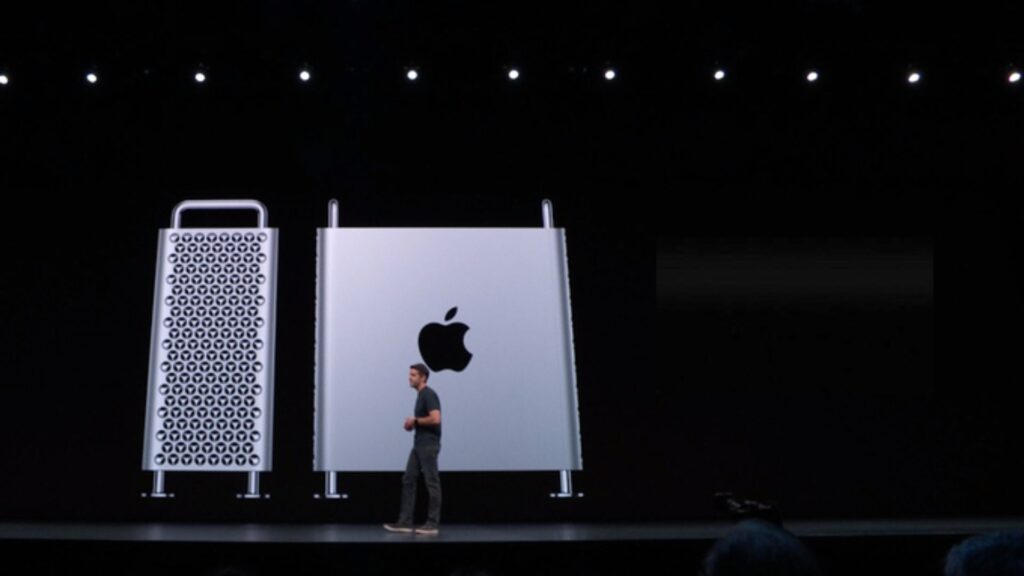Following the recent launch of Apple’s M4 iMac, attention has turned to another significant development in Apple’s computing lineup – a crucial upgrade to the Mac Pro. According to Bloomberg, Apple is preparing to introduce new Mac Pro and Mac Studio models featuring the M4 Max and M4 Ultra chips, with an expected unveiling around WWDC 2025.

This development marks another milestone in Apple’s silicon transition, which began in late 2020 with the introduction of the M1 chip. The recent M4 iMac launch, which Apple claims is up to 1.7 times faster than its M1 predecessor, has set new performance benchmarks for Apple’s desktop computing line.
The upcoming Mac Pro upgrade is particularly noteworthy as it addresses some limitations of the current model. The existing Mac Pro, while powerful with its M2 Ultra chip supporting a 24-core CPU and 76-core GPU, has faced criticism for its limited upgradeability compared to its Intel-based predecessor. As reported by MacRumors, the current model doesn’t support user-upgradeable RAM or GPUs, components that are now integrated directly into the motherboard.

Industry analysts suggest that the new M4 Ultra chip could bring significant performance improvements. “The transition to M4 architecture represents a crucial step for professional users who require maximum computing power,” notes Mark Gurman from Bloomberg. The upgrade is expected to particularly benefit professionals in video editing, 3D rendering, and other computational-intensive tasks.
BGR reports that the new Mac Pro might also see a design revamp, potentially addressing the modularity concerns that have plagued the current model. This could make it more attractive to professional studios and high-end users who value future upgradeability.

The timing of this upgrade is strategic, following the successful launch of the M4 iMac and other M4-powered devices. According to TechRadar, the M4 family of chips has already demonstrated significant improvements in both performance and efficiency.
For professional users considering an upgrade, the new Mac Pro promises to deliver enhanced capabilities while potentially addressing some of the limitations of the current model. However, the true test will be whether Apple can strike the right balance between performance, modularity, and user customization options that professional users demand.
While specific details about pricing and configurations remain under wraps, industry experts expect the new Mac Pro to maintain its position as Apple’s highest end offering, targeting professional studios and power users who require maximum computing capability.
The development of the M4 Ultra chip for the Mac Pro continues Apple’s commitment to its custom silicon strategy, which has already proven successful across its consumer product line. As the professional computing landscape evolves, this upgrade could help Apple maintain its competitive edge in the high-performance workstation market.














